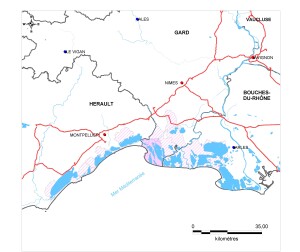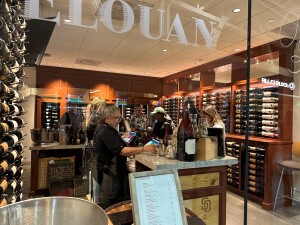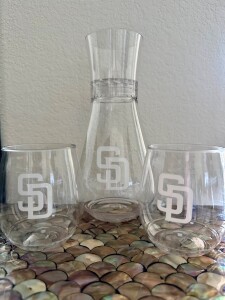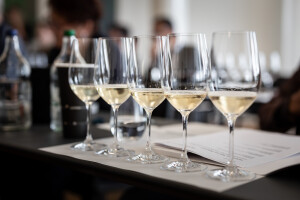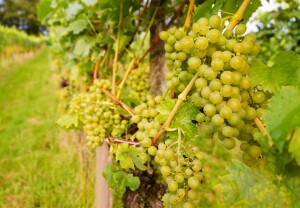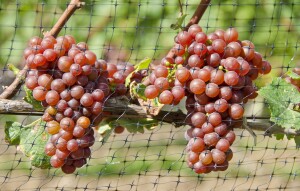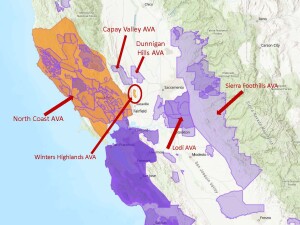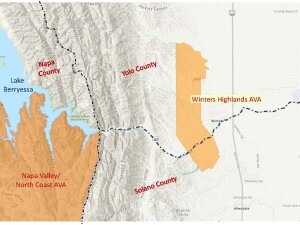As of October 10 (2023), France has one more wine approved at the protected designation of origin (PDO)—also referred to as (Appellation d’Origine Contrôlée/AOC) level: The Sable de Camargue. This region has a long history of producing unique gris– (light rosé-) style wines and was previously approved as a Vin de Pay (Indication Géographique Protégée/IGP) region. (The IGP has been cancelled and replaced by the AOC.)
The name of the appellation refers to the sandy soils (sable) of the Camargue—a vast plain and the largest river delta in Europe tucked between the two arms of the Rhône River just before it reaches the Mediterranean Sea.
The Sable de Camargue AOC is approved for light rosé wines only; in the Cahier des Charges the wines are referred to as vin gris and vin gris de gris. Both styles are required to be made using minimal or no skin contact (a method often referred to as “direct press”).
The wines are described as “pale salmon in color” with fruity (white fruit, citrus fruit, exotic fruit, red fruit), floral, and mineral aromas. The gris de gris wines are lighter in color, more subtle, and quite delicate in aroma and flavor.
The allowed grape varieties are as follows:
- Sable de Camargue Gris:
- Minimum 55% (combined) Grenache Noir, Grenache Gris, Carignan, Cinsault, Grenache Blanc, Marselan, Muscat of Alexandria, Syrah, Ugni Blanc, and/or Rolle (Vermentino)
- Note: in practice, Grenache Noir and/or Grenache Gris form the backbone of most wines
- Other allowed grapes include Cabernet Sauvignon, Merlot, and Cabernet Franc
- Minimum 55% (combined) Grenache Noir, Grenache Gris, Carignan, Cinsault, Grenache Blanc, Marselan, Muscat of Alexandria, Syrah, Ugni Blanc, and/or Rolle (Vermentino)
- Sable de Camargue Gris de Gris:
- Only Grenache Gris is allowed
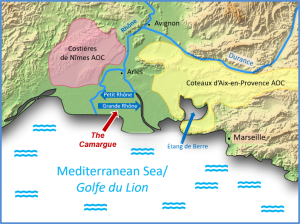 This area is highly unique due to its sandy soil, high winds, predominant humidity, and proximity to saltwater marshes. According to the Cahier des Charges, these factors combine to provide the grapes with a slow, even ripening; unique pink, bluish-grey color, and high levels of acidity. These factors, combined with the qualified production techniques create a style of wine known as vins des sables (wines from the sands).
This area is highly unique due to its sandy soil, high winds, predominant humidity, and proximity to saltwater marshes. According to the Cahier des Charges, these factors combine to provide the grapes with a slow, even ripening; unique pink, bluish-grey color, and high levels of acidity. These factors, combined with the qualified production techniques create a style of wine known as vins des sables (wines from the sands).
Welcome to the world, Sable de Camargue AOC!
References/for more information:
- Cahier des Charges-Sable de Camargue AOC
- EU Journal-Cancellation of the Sable de Camargue IGP
- EU Journal-Registration of the Sable de Camargue PDO
Post authored by Jane A. Nickles…your blog administrator: jnickles@societyofwineeducators.org
